My hand was in their grasp only a moment, but I could feel the roots dig into my flesh and spread out to make themselves quite at home.
— Imari, Dhanû Clan-Warrior
Dragon Tooth Polyps are hard-shelled plant-things that grow on the cliffs by the black waters of the Writhing Dragon river. They are not wholly plant or wholly animal, mixing a predatory hunger with roots and fungal-like flesh. These traits make the Polyp at once dangerous and desirable, as its spongy flesh is a staple in
Dhanû cuisine.
Description
With both sides of the cliff covered with Polyps, it looked like some titanic maw of a monster I'd rather not face.
— Imari, Dhanû Clan-Warrior
Dragon Tooth Polyps get their name from the hard, bone-like shell that covers their soft flesh. They range in size from a finger to an arm of a human, with a slit running down its sloping sides, where the shell comes apart. This shell starts straight, but as the Polyp matures and grows longer, it begins to curve. The base of the Polyp is dense and thick part, and from there its roots extend and dig into the stone. Polyp roots are bloody red and have been compared to wet hair in consistency, covered with a slimy mucus while the Polyp is alive.
A second weave of roots covers the first, covered in a fine film of hairs. When disturbed, these roots close quickly around whatever touched them and wrap around them tight like a vice. From there, the roots attempt to dig into its victim with minuscule tendrils.
These hunting roots can tangle with other Polyp's and can reach several meters across the cliff face where they hang, growing so dense that the stone underneath is obscured.
Under its shell, the flesh of the Polyp is a meaty red, less like fungi and more like an animal, but without veins or organs. It is slimy to touch and reacts like a sponge, yielding and reshaping, as if squirming away from the intrusion. The shell also hides several long tongue-like appendages, covered in an adhesive mucus. The Polyp can snap open and launch these tongues at any nearby prey to pull it into its hungry roots from as much as a yard away.
Eaten raw, Polyps have a texture described as "chewy" and "slimy" by those who have eaten it. Others make the comparison to giant balls of snot. Only the most confident and daring of chefs make raw Dragon Tooth Polyp part of their dish.
Behavior
About as foul-tempered as it is foul-tasting.
— Imari, Dhanû Clan-Warrior
Polyps are mostly immobile, feeding with their roots. These roots can stretch for meters across the cliff where they hang and sometimes tangle with other Polyps. Less hardy flora is strangled by the Polyp and devoured. Separate Polyps grow together into vast clusters, slowly expanding along the borders of their combined domain. While individual Polyps are not usually dangerous to humans, clusters can be. As the colony grows in size, so does their confidence - and appetite - to attack larger prey. Where one Polyp's roots cannot hope to hold a human, a cluster can tangle even powerful animals and leech them dry. Armor provides only momentary respite before gaps are found, and the roots burrow into flesh.
Most animals caught by the Polyps thrash and struggle, with exhaustion killing many before the feeding tendrils do.
Polyps are opportunistic hunters, feeding mostly on fish, reptiles, and insects. It launches its sticky tongues at prey to pull them into the root of a cluster, or close its roots around anything that ventures too close.
The deeper roots act not only as anchors but allow the Polyps to feed on anything that stains the rock beneath them. Through the same roots, the Cluster can extrude a bloody ichor formed from its meal to share it with any starving members of its brood.
It isn't clear exactly how the Polyps perceive prey, only that its ability to do so seems to grow as the size of the cluster does.
The Polyps are in turn fed on by several animals that live in Sheoin and the river.
Glitterbugs swarm Polyps and devour them from the inside while the heavy Rakkar fish jump from the water to drag Polyps into the water, sometimes ripping out entire sections of a cluster. Unless plucked from its cluster, a Polyps' roots can remain in place long after its death and become part of the cluster.
Life-Cycle
It is going to be something horrible, isn't it?
— Imari, Dhanû Clan-Warrior
The Dragon Tooth Polyp spread as a collective, new seedlings growing within entwined roots. The new Polyps is fed through the deep roots and spends its early life hiding behind them, looking like a big red blister without its shell. As it grows, the Polyp's shell grows from the outer layer of its body, hardening over a period of months. It takes a Polyp about five months to reach full maturity and another month for its shell to completely form around its soft body.
Once set, the Polyp never sheds its shell or grows further, and a cracked or ruined shell never regenerates, spells doom for the Polyp. Clusters grow new members where old ones have died and fallen off, or to expand its reach further, like a creeping carpet of hungry vines.
Clusters occasionally starve, unable to move as prey leave or an area falls to the frost that haunts the Sheoin region. They leave behind withered, crumbling roots and empty shells.
Dragon Tooth Polyps do not show their age, other than by damage and wear. It isn't certain if they even die of age, with some ancient specimen kept as tokens of good fortune by prestigious farms.
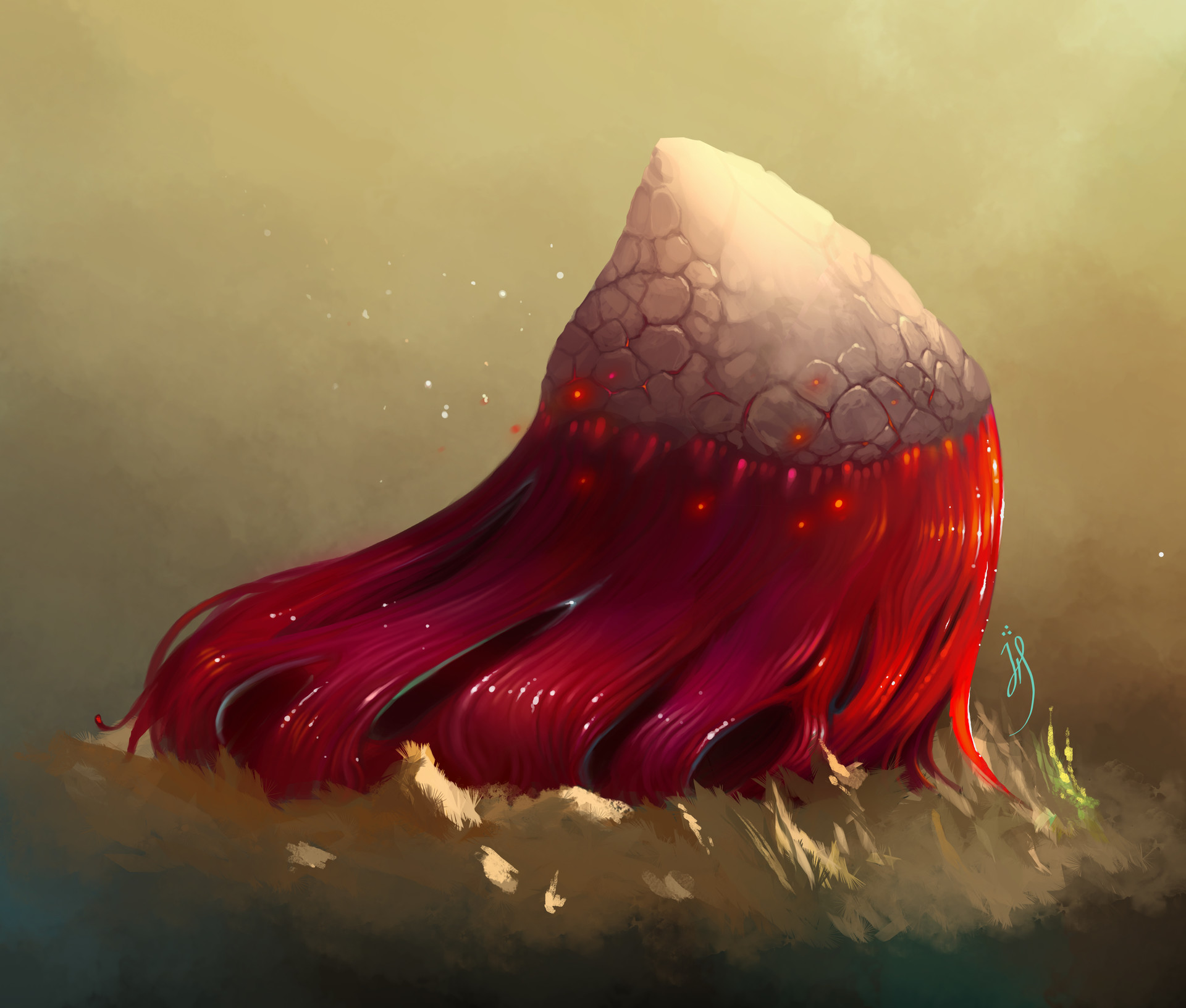
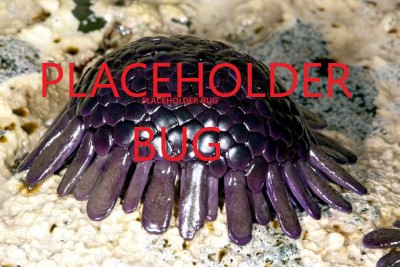
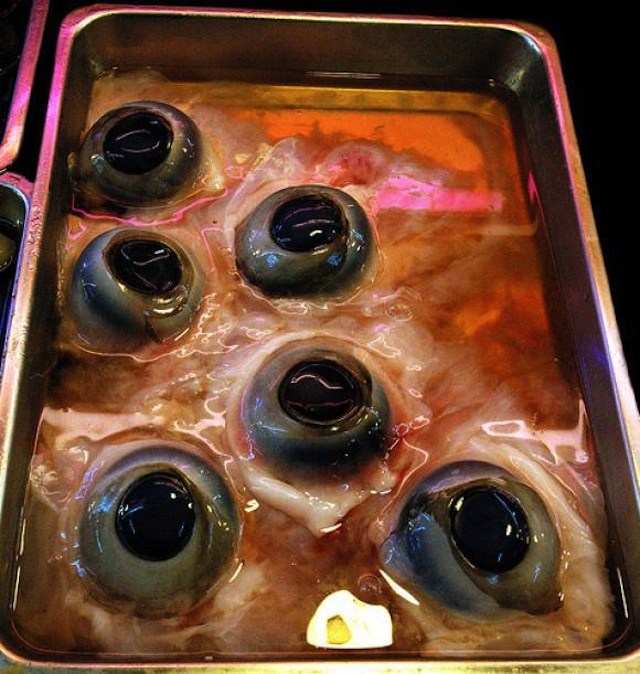


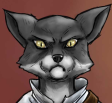

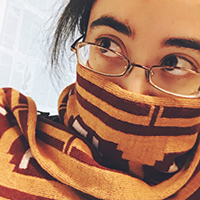


This is so detailed, it's amazing the amount of content you came up with! Congrats! (Also, why do people eat that stew... that... does not look good)
Thank you <3 And when all you have is bugs and mushrooms, you learn to like that taste.. Haha :D
Creator of Araea, Megacorpolis, and many others.